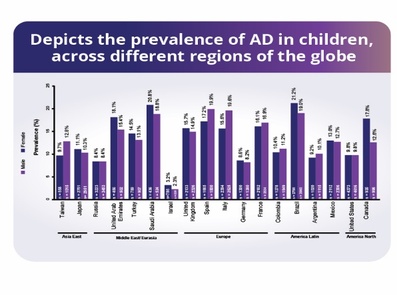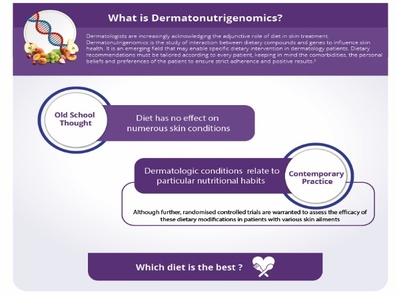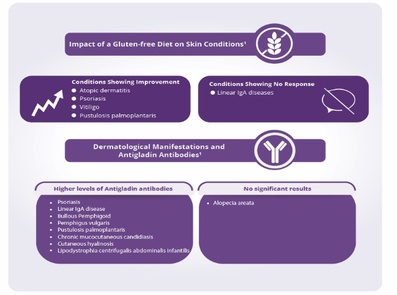DermatoConnect
Therapeutic approaches for tackling melanoma1
Melanoma is considered to be the third most common cutaneous malignancy after basal cell carcinoma and squamous cell carcinoma. The incidence of melanoma has increased rapidly compared to other cancers, especially in women of Caucasian race. Some of the treatment regimens used at present for metastatic melanoma include surgery, immunotherapy, targeted therapy, and chemotherapy.1
Metastatic melanoma patients reported better survival upon introduction of targeted therapy with v-RAF murine sarcoma viral oncogene homolog B1/ mitogen-activated extracellular signal-regulated kinase (BRAF/MEK) inhibitors and immunotherapy. The loss of the tumour suppressant gene cyclin dependent kinase inhibitor 2A (CDKN2A) acts as a major factor for worsening melanoma. Some of the properties of CDKN2A are as follows:2
Most frequently inactivated tumour suppressor gene in melanoma2
Location: Adjacent to the CDKN2B gene on chromosome 9p212
Role: Encodes two tumour suppressor proteins: p16 and p14. These proteins are transcribed from different exons (exon 1a for p16 and exon 1b for p14), causing distinct reading frames in the shared exons 2 and 32
Loss of p16 in melanoma could increase proliferation, slow down ageing, and introduce invasion, ultimately leading to melanoma.2 Figure 1 describes the various therapeutic approaches used for the loss of CDKN2A in melanoma.2
Figure 1: Six therapeutic strategies for targeting loss of CDKN2A especially p16 in melanoma.

Adapted from: Kreuger IZM, et al. J Invest Dermatol. 2023.

Target metabolic rewiring
- As in Fig 1c. p16 has a role in metabolism and consequent metabolic reprogramming; therefore, p16 loss may provide opportunities for therapy.2
- Evidence suggests that increased nucleotide metabolism could be vulnerable to p16-deficient cancers, as knockdown of p16 was associated with an increase in nucleotide metabolism.2
- Deficit of p16 is associated with increased levels of reactive oxygen species, independently of the CDK4‒ retinoblastoma protein pathway.2
Epigenetic reactivation and collateral lethality
- In Fig 1e. after targeting the alterations in cell cycle regulation and metabolism from CDKN2A loss, restoration of CDKN2A expression could help when CDKN2A is inactive because of the epigenetic mechanism.2
- Collateral lethality can occur when alternatively, CDKN2A is lost by deletion of the 9p21 locus, and co-deletion of nearby genes would result in vulnerabilities.2
Boost immune responses
CDKN2A can be a biomarker for immune checkpoint inhibitors’ sensitivity, as the loss in CDKN2A results in increased levels of neoantigens, which result in increased immune responses shown in Fig 1d.2
Conclusion
- With advancements in screening techniques applied to melanocytic cells, the innovation of therapeutic approaches directed at CDKN2A loss in melanoma would be further improvised.2
- Therapeutic targeting of CDKN2A loss can be beneficial for precision medicine in melanoma beyond targeting oncogenes.2
Key takeaways
- The third most common cutaneous malignancy is melanoma.1
- Adopting strategies such as CDKN2A loss could be promising in melanoma treatment.2
Reference:
- Sundararajan S, Thida AM, Yadlapati S, et al. Metastatic Melanoma. Available at: https://www.ncbi.nlm.nih.gov/books/NBK470358/. Accessed on: 22 June 2023.
- Kreuger IZM, Slieker RC, van Groningen T, et al. Therapeutic strategies for targeting CDKN2A loss in melanoma. J Invest Dermatol. 2023;143(1):18‒25. PMID: 36123181; doi: 10.1016/j.jid.2022.07.016.
NON-2023-12152 - Date of creation 02/24














